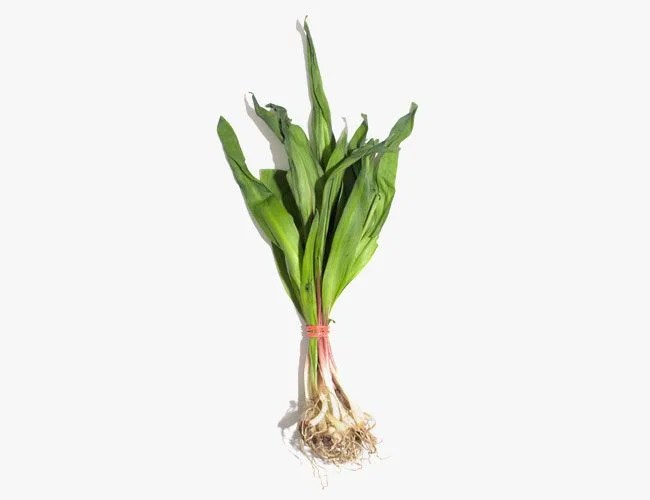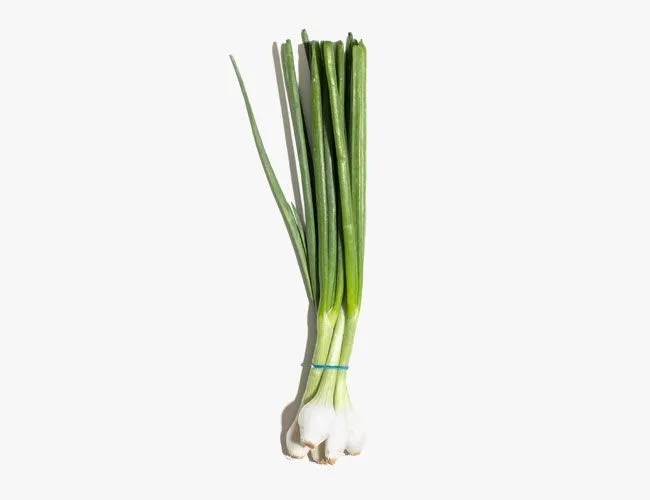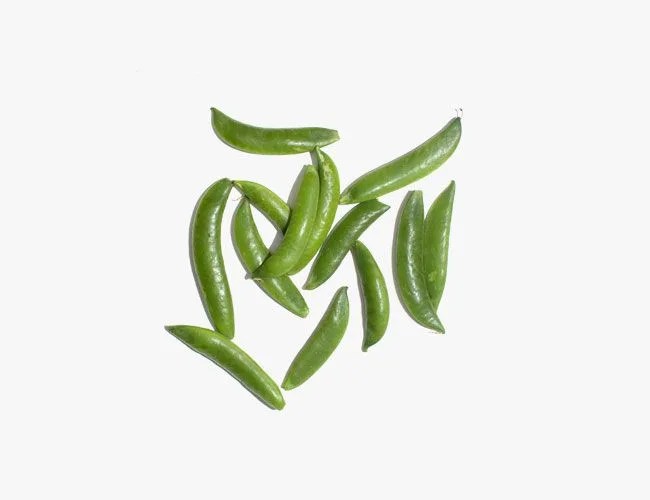Ethics aside, the argument for eating local and seasonal food really boils down to taste. A tomato grown in Florida, shipped to New York City, then ripened with ethyl gas doesn’t just sound gross — it is. With that in mind, chefs wait all winter for spring to pop its head above ground. It’s the season when produce becomes varied, colorful, abundant. But you don’t need to be a pro to take advantage of the spring’s ripe offerings. Here are the vegetables you’ll spot on your next visit to the farmers market, along with some pointers on how to best prepare them.
Artichokes
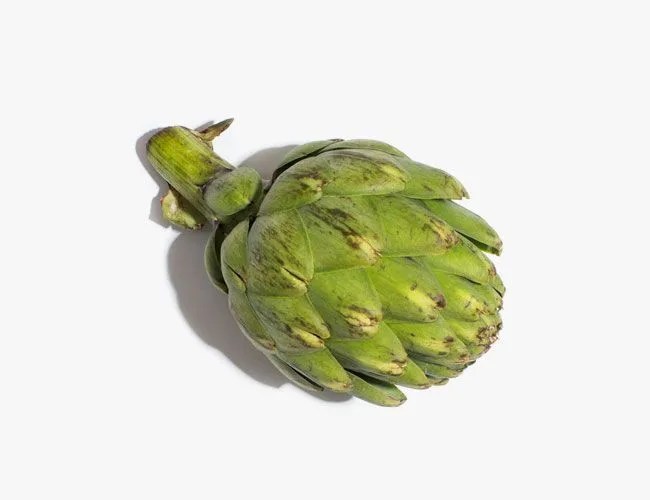
There are many varieties of artichokes, but when most people refer to the vegetable, they mean the classic globe artichoke. It’s one of the oldest-known delicacies in the world, a favorite among ancient Greeks and Romans. Don’t be intimidated by the thorny leaves. Simply trim the top, and steam in lemon water until soft (25 to 45 minutes). The taste is reminiscent of asparagus, with hints of tangy citrus.
Peak Season: March through April
Recipe to Try: “Braised Squid With Artichokes” (The New York Times)
Asparagus
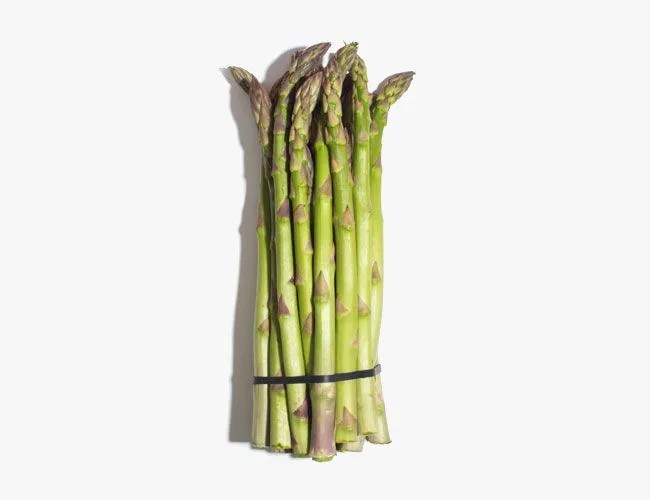
Asparagus has a reputation for smelly after-effects — a result of a compound called mercaptan — but they’re worth their weight. Not only is asparagus incredibly delicious, the flesh mild and earthy, it’s one of the healthiest vegetables you can put in your body, rich in vitamin K, fiber and B vitamins. Try them steamed, roasted or grilled with a healthy coat of olive oil and a pinch of coarse sea salt.
Peak Season: March through April
Recipe to Try: “Asparagus and Dill Rice Noodle Salad” (My Darling Lemon Thyme)



